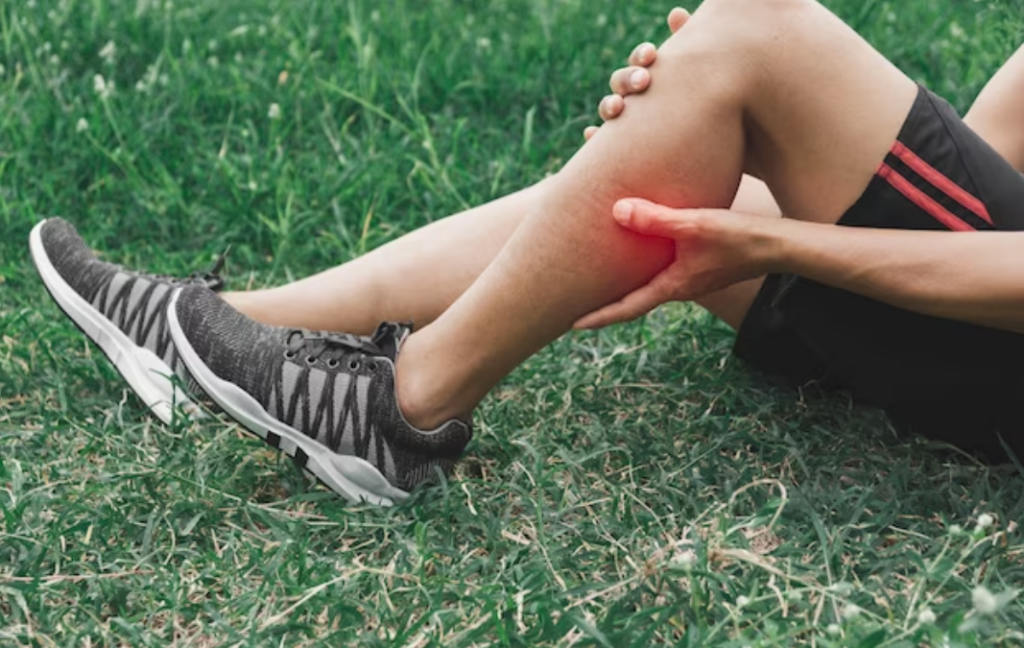If you're struggling with back pain, you're not alone, and finding effective relief can make a significant difference in your daily life. You might want to start by examining your posture, as small adjustments can lead to major improvements. Incorporating specific stretching exercises into your routine could also enhance your flexibility and reduce discomfort. Finally, understanding how to use heat and ice therapy effectively can further aid in your recovery. But before you implement these strategies, there's more to reflect on that could optimize your approach—let's explore what that entails.
Maintain Proper Posture
Maintaining proper posture is essential for preventing and alleviating back pain. When you sit, stand, or move with good posture, you distribute your body weight evenly, reducing unnecessary strain on your muscles and spine. Make a conscious effort to keep your shoulders back and relaxed, your spine straight, and your head aligned over your shoulders. Avoid slumping or leaning forward, as this can lead to discomfort and pain over time.
If you spend long hours at a desk, make sure your workspace is ergonomically designed. Adjust your chair height so your feet rest flat on the floor, and your knees are at a right angle. Position your computer screen at eye level, so you aren't straining your neck to look up or down. Use a chair that provides lumbar support to maintain the natural curve of your lower back.
When standing, distribute your weight evenly on both feet. Avoid locking your knees, which can lead to tension in your back. Instead, engage your core muscles to help support your spine.
Also, when lifting objects, remember to bend at your knees rather than your waist, keeping the object close to your body to minimize strain.
Lastly, take regular breaks to change your position. Standing or walking for a few minutes every hour can help keep your muscles engaged and reduce stiffness.
Incorporate Stretching Exercises
Incorporating stretching exercises into your daily routine can considerably alleviate back pain and improve flexibility. Stretching helps lengthen tight muscles, which can reduce tension and discomfort in your back. It's important to target the major muscle groups that support your spine, including the hamstrings, hip flexors, and lower back.
Start with gentle stretches that you can perform safely. A simple cat-cow stretch can mobilize your spine and relieve tension. Get on your hands and knees, arch your back towards the ceiling, and then dip it down while lifting your head. Hold each position for a few seconds, repeating for several cycles.
Another effective stretch is the seated forward bend. Sit with your legs extended in front of you and slowly reach towards your toes. This stretch lengthens your hamstrings and lower back, providing relief from tightness. Aim to hold the stretch for 20-30 seconds, breathing deeply throughout.
You can also try the standing quadriceps stretch. Stand tall, grab your ankle, and pull your heel towards your glutes. This stretch helps loosen your hip flexors, which can contribute to lower back pain if they become too tight.
Aim to incorporate these stretches into your routine at least five times a week. Consistency is vital for reaping the full benefits.
Remember to listen to your body—if a stretch feels painful, ease back. With regular stretching, you'll likely find improvements in both your back pain and overall flexibility.
Utilize Heat and Ice Therapy
When dealing with back pain, many find that utilizing heat and ice therapy can provide considerable relief. These two methods target pain differently, so knowing when to use each can help you maximize your comfort.
Start with ice therapy, especially within the first 48 hours after an injury. Ice reduces inflammation and numbs sore tissues. Wrap ice packs or frozen vegetables in a towel, and apply them to the affected area for about 15-20 minutes.
Remember to give your skin a break between sessions to prevent frostbite. If you notice any increased pain, stop immediately.
After the initial swelling goes down, you can switch to heat therapy. Heat helps relax tight muscles and increases blood flow, which promotes healing. Use a heating pad, hot water bottle, or take a warm bath.
Apply heat for 15-30 minutes at a time, ensuring it's warm but not too hot to avoid burns.
You can alternate between heat and ice therapy as needed. For instance, if your back feels tight after a workout, ice can reduce any post-exercise inflammation. Conversely, if you're feeling stiff in the morning, heat can loosen those muscles and get you moving.
Always listen to your body. If either method causes discomfort or worsens your pain, it's best to stop and consult a healthcare professional.
Conclusion
By focusing on proper posture, incorporating stretching exercises, and utilizing heat and ice therapy, you can effectively relieve back pain and enhance your overall comfort. Remember, it's crucial to listen to your body and make adjustments as needed. Consistency is key, so stick with these strategies, and you'll likely notice significant improvements. Take charge of your back health today, and you'll be on your way to a more comfortable and active lifestyle!



